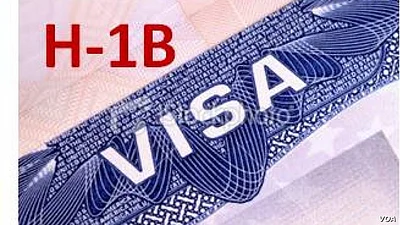Understanding the H1B Visa: What You Need to Know

Introduction: The Significance of the H1B Visa
The H1B visa has been a crucial pathway for skilled foreign professionals to work in the United States, particularly in sectors like technology, healthcare, and engineering. As the global demand for specialized talent continues to rise, the H1B visa remains highly relevant for both employers and foreign workers aiming to fulfill their professional aspirations. In 2023, significant changes and developments surrounding this visa category are worth exploring.
Current Developments and Policy Changes
The U.S. Citizenship and Immigration Services (USCIS) has announced key changes to the H1B visa application process this year. The most notable update is the increase in the application fee, along with stricter scrutiny during the selection process. Employers must ensure that their applications are meticulously prepared, demonstrating both the necessity of the foreign worker’s role and their qualifications.
Moreover, the annual cap on H1B visas remains a critical point of discussion. In 2023, the cap is set at 85,000 visas, which includes 20,000 reserved for individuals with a master’s degree or higher from American institutions. This limit often leads to a lottery system, intensifying competition among applicants from around the globe.
Impacts on Employers and Job Seekers
For employers, the H1B visa can be foundational for accessing specialized skills that are scarce within the local workforce. Recent reports indicate that tech companies, in particular, rely heavily on talent from overseas, with a significant percentage of their workforce holding H1B visas. As companies adapt to economic fluctuations, maintaining access to this talent pool is vital for innovation and growth.
For job seekers, the H1B visa represents an opportunity to build a career in one of the world’s largest economies. However, candidates must be aware of the shifting landscape of immigration policy, which can affect their application success rates. Staying informed and considering alternatives, such as O-1 and L-1 visas, may provide additional pathways for those pursuing careers in the U.S.
Conclusion: The Future of the H1B Visa
In summary, the H1B visa remains a crucial element in the landscape of U.S. immigration for skilled workers. With the changing regulatory environment, both employers and applicants must navigate challenges while capitalizing on opportunities. As we move forward, it will be essential for stakeholders to remain adaptable and informed about policy changes that could affect future visa applications. For aspiring professionals seeking to establish a career in the U.S., understanding the nuances of the H1B visa is essential for strategic planning and success.









